Seeing the world through film and 'Memoria'
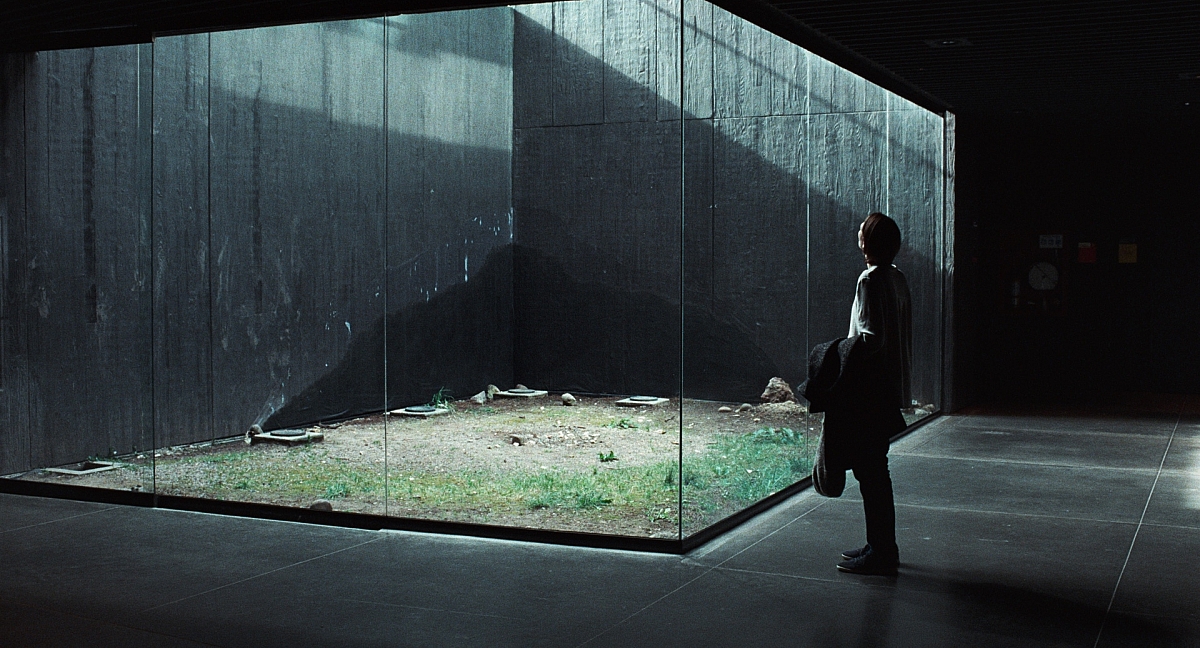
© Kick the Machine Films, Burning, Anna Sanders Films, Match Factory Productions, ZDF/Arte and Piano, 2021.
Beginning with Blissfully Yours, which won the Un Certain Regard Award in 2002, the Cannes Film Festival has consistently honored the works of Thai filmmaker Apichatpong Weerasethakul, who returns to the French Riviera for the world premiere of Memoria. The drama stars Tilda Swinton as a Scottish woman who imagines the physical manifestations of the strange sounds that she hears while travelling in Colombia. Weerasethakul has a fascination with memories and his latest cinematic effort was inspired by him developing symptoms of Exploding Head Syndrome, a sleep disorder where loud noises are heard when transitioning in or out of deep sleep, while visiting Colombia. “Film is like my second place to keep my memories so over the years it has been about capturing or simulating certain memories or fantasies that I want to keep.”

"Memoria" is the first film that Apichatpong Weerasethakul has not shot in his homeland of Thailand.
Memoria is the first film by Weerasethakul that was not shot in Thailand. “I was used to working in Thailand with my particular set of people and actors. I was quite worried about this journey because of the new culture and language; however, it turned out smoothly as I was blessed by the crew, cast, and weather.” There was an element of familiarity for Weerasethakul. “I was always fascinated by Latin America culture and there is something overlapping with where I grew up in terms of the chaos and in the embracing of life and colors. Tilda Swinton and I have known each other for a long time and always wanted to work together. We figured it should be in a country where both of us are foreigners so that we could open our senses and embrace the differences.”
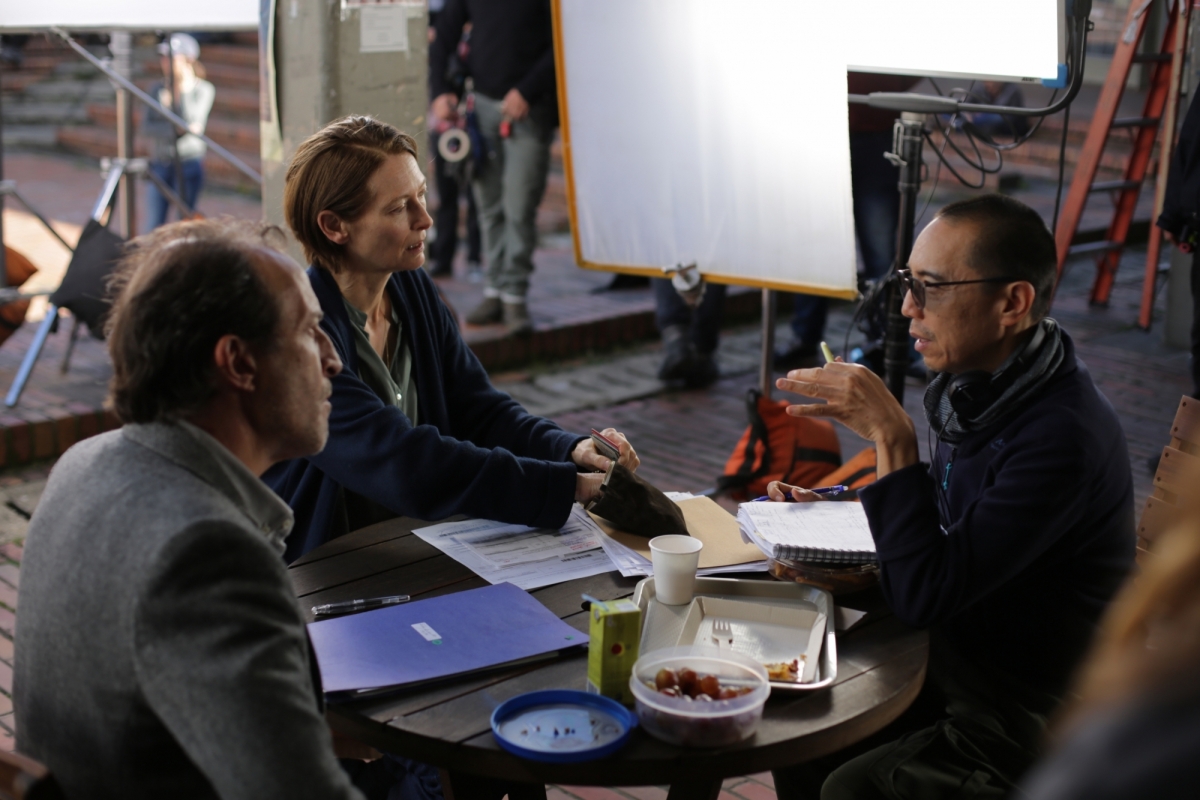
Apichatpong Weerasethakul and Tilda Swinton wanted their first collaboration to take place in a country where they were foreigners so they could open their senses and embrace the differences.
The filmmaker and cinematographer have forged a symbiotic creative partnership. “It is quite hard to find a DP like Sayombhu in Thailand because in our generation there were a lot of DPs attached to an advertisement style with a shallow focus. There is a certain composition only Sayombhu understands that I want in the framing. We also have a shared love for natural and florescent light.” Two major references impacted the visual language. “The first is my own movies that Sayombhu Mukdeeprom and I have developed together which have a fluctuation of sunlight so we’re really looking at the clouds to achieve certain effects. The second is Columbian painter Ever Astudillo who is famous for silhouettes of people that are cinematic and mysterious. Certain scenes referenced Ever’s paintings.” Weerasethakul also favors a particular aspect ratio. “Humans look better in the 1.85:1 which is also more intimate for me.”
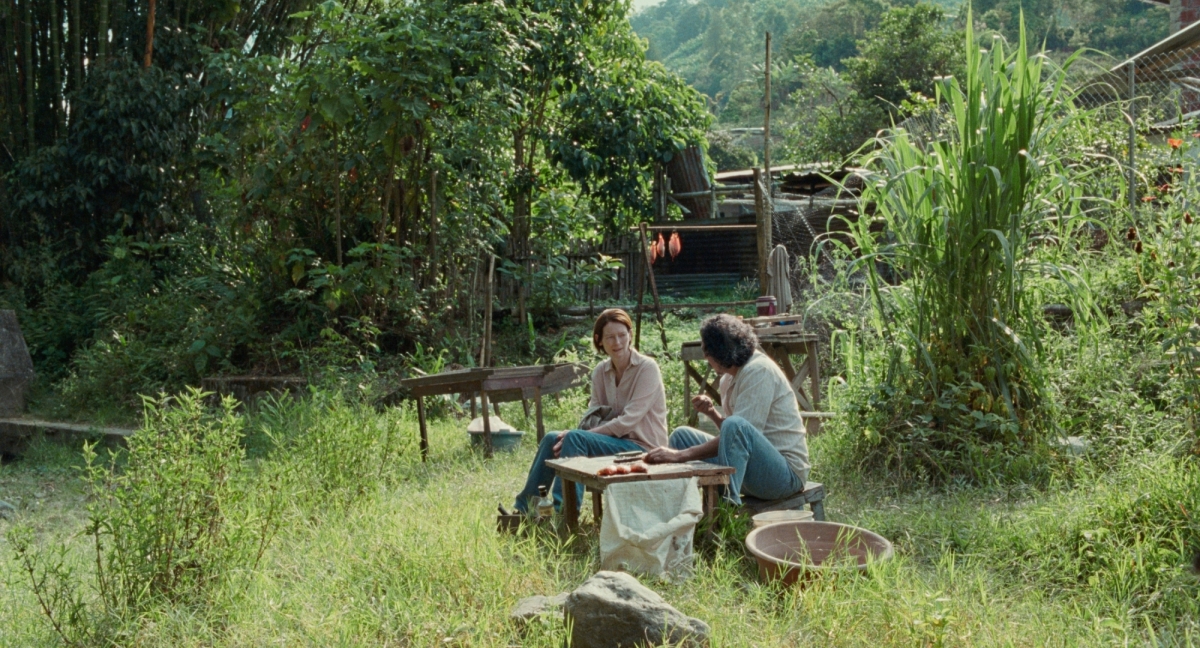
© Kick the Machine Films, Burning, Anna Sanders Films, Match Factory Productions, ZDF/Arte and Piano, 2021.
Principal photography lasted for 40 days with the script being specifically tailored for Columbian locations. “Apichatpong likes to find a connection with the location. We scouted together and discussed the feeling of the location,” states Sayombhu Mukdeeprom. “Is it quiet? Is nobody there? What is the effect or emotion? He then comes back and rewrites the script. We follow what is written and make it happen.” Shooting on film is a natural part of the storytelling for Weerasethakul. “I started with experimental films shot on Super 8 and 16. Film reflects how I see the world and I even think that I see the world with this grain. I try to initiate all of my feature films with film in mind because of this natural quality that I look for. I also enjoy the workflow of film. It’s something that you don’t see right away, but you imagine and focus on what’s in front of the camera. I have trust in Sayombhu, who I have worked with from the beginning, that he will deliver what we have planned.”
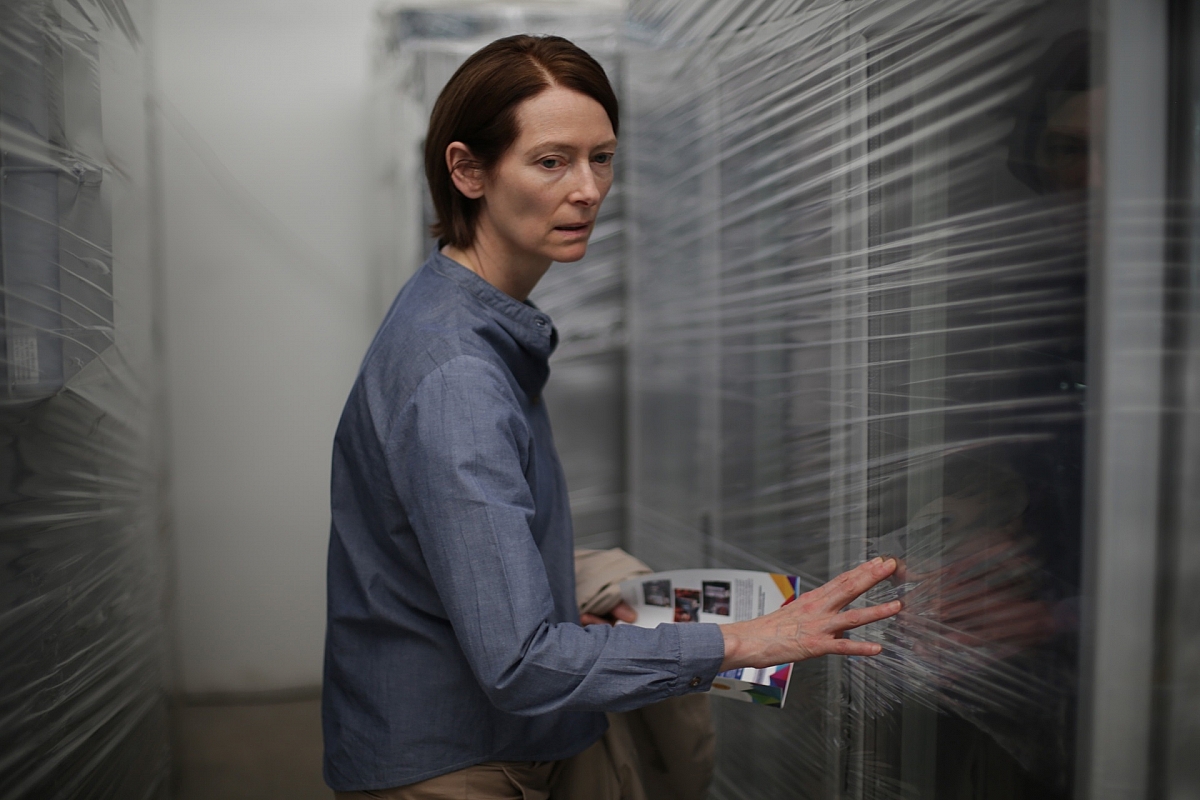
Photo: Sandro Kopp © Kick the Machine Films, Burning, Anna Sanders Films, Match Factory Productions, ZDF-Arte and Piano, 2021
While Palme d'Or-winner Uncle Boonmee Who Can Recall His Past Lives was captured on Super16, Memoria was shot on 35mm. “I needed more detail because we shot a lot of nature and 35mm handles that better than 16mm,” states Weerasethakul. “Working on film is like a ritual and is quieter because of the awareness of the preciousness of the footage.” Mukdeeprom is drawn towards the viewfinder on a film camera. “When you’re looking at a small monitor it has a signal so you have a filter between you and the real world. But when you look into an optical viewfinder you see it for real. You see the real lighting. I react better. The larger area of 35mm allowed me to have a better wide shot compared to Super16.” Memoria was shot entirely on KODAK VISION3 500T Color Negative Film 5219. “The grain is so good already,” observes Mukdeeprom. “I had to stop down [for daytime shots] which is a normal process. It’s easier for everybody on the team to manage.”
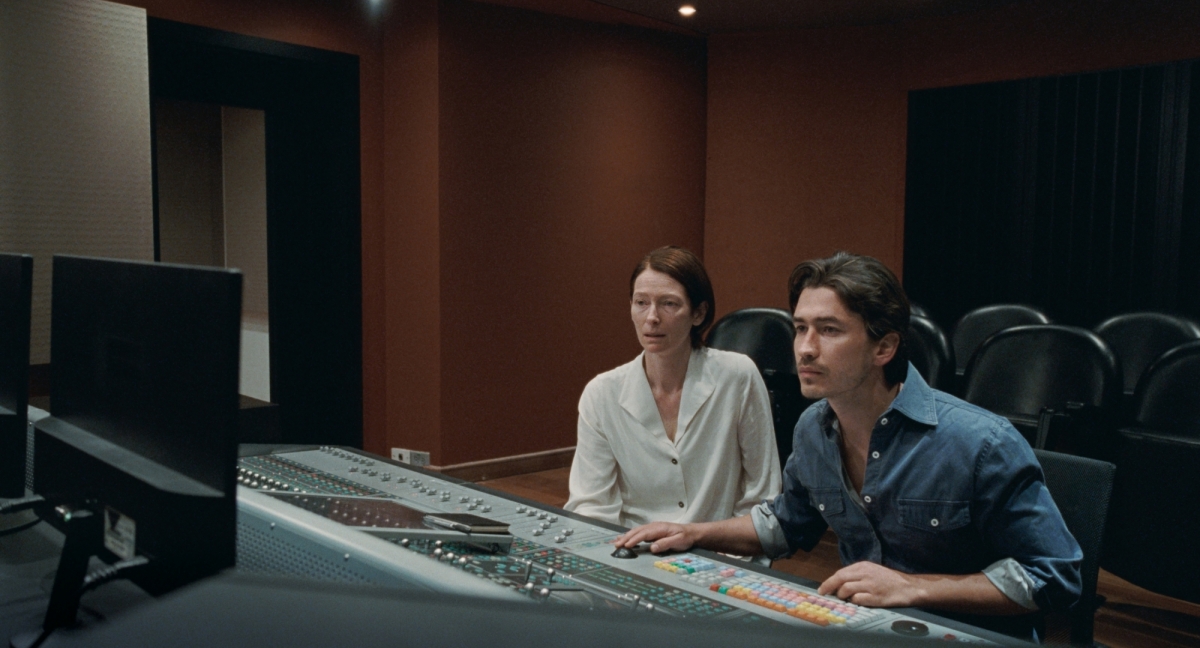
© Kick the Machine Films, Burning, Anna Sanders Films, Match Factory Productions, ZDF/Arte and Piano, 2021.
Footage was captured with a single Arricam LT camera and Cooke S4 lenses. “I rarely use anything longer than 50mm with Apichatpong,” notes Mukdeeprom. “At that time, I didn’t have much confidence in LED lights so we mostly used HMIs and sometimes 20K tungsten. It’s not about the location but how we can manipulate the lighting to fit our needs. I’m used to working with not so much lighting equipment, I’ve developed my skills or style of working on the low range of lighting. Sometimes I go to almost nothing but it’s there. I have a tendency to light the scene rather than the shot, which means you can move freely and I don’t change my shooting because of the camera or format. I prefer to have a real situation and setup, and then capture it.”
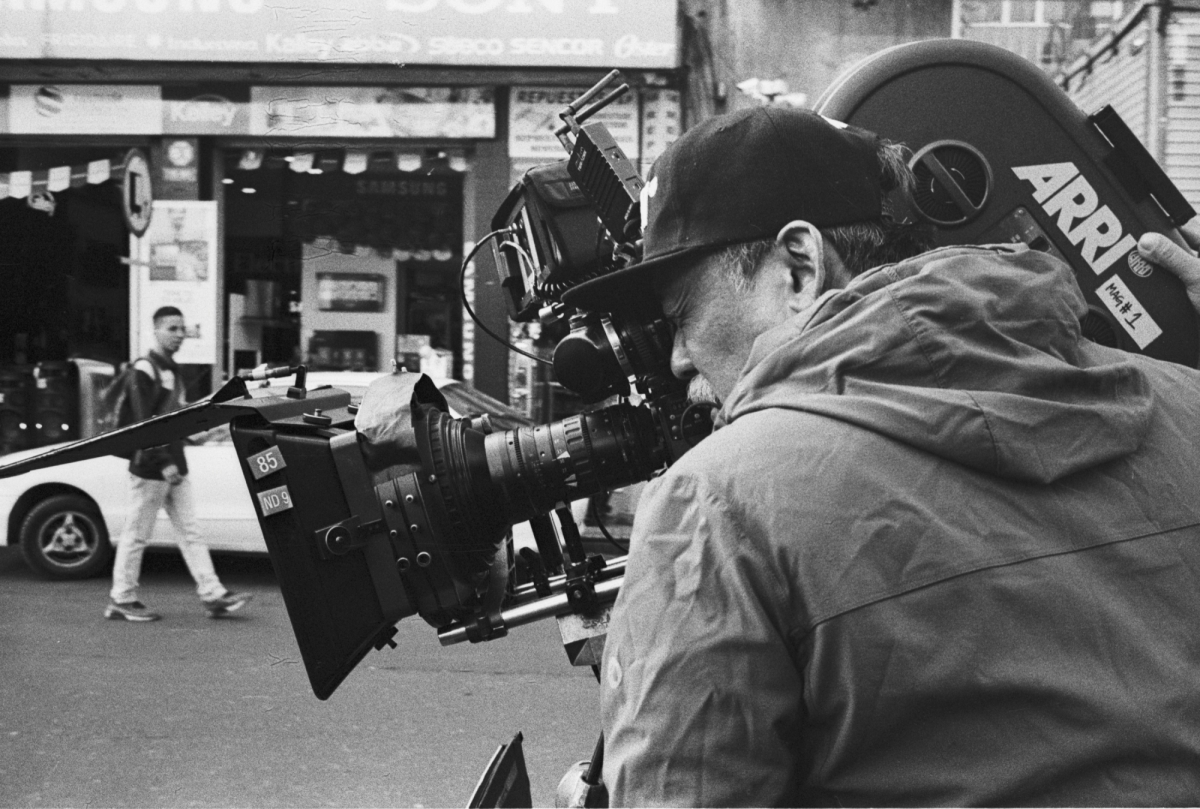
Cinematographer Sayombhu Mukdeeprom does not change his shooting style because of the camera or format as his focus is to capture real situations and setups.
Sound plays an important role in the narrative. “I don’t even want to release my films online because the sound was designed for a theatrical experience,” states Weerasethakul. “Memoria is the ultimate sound movie. This woman is almost like a microphone that walks and records what she hears and sees. There’s a nuance to all of this ambience and richness of sound, she keeps waiting for this bang to happen and along the way has to really listen to music and people’s footsteps. She becomes highly sensitive to sound and in the process absorbs other people’s memories. It’s a bit like science fiction in the latter part of movie as she synchronizes this audio memory with a guy in a small village.”
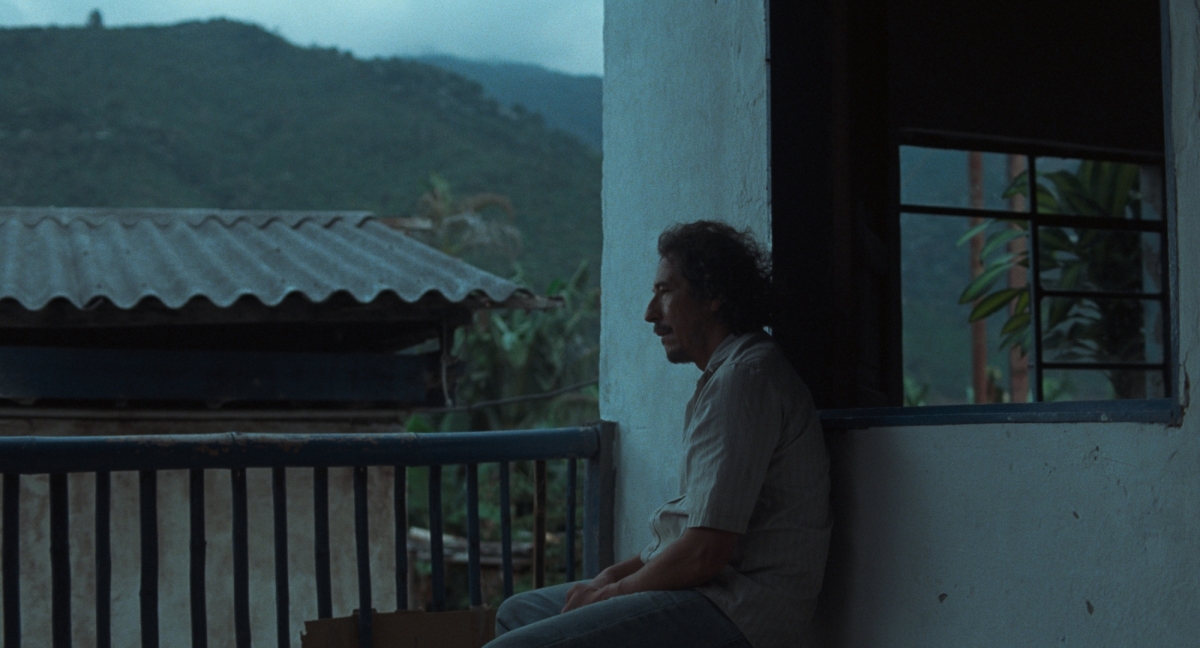
© Kick the Machine Films, Burning, Anna Sanders Films, Match Factory Productions, ZDF/Arte and Piano, 2021.
An emphasis was placed upon having master shots. “For me, it was the opposite of trying to highlight [the sound] visually but to stay away and make the audience aware that the trees and other things in the frame are also characters,” remarks Weerasethakul. “The magic comes from observing and flowing in almost real-time with this journey. There are a lot of long takes and that’s why we used mostly 1000ft film reels. One handheld shot is seven or eight minutes long, and there’s a long dolly shot that is 230 metres. I work quite slowly for each shot. For the dolly shot where we had to interact with a lot of extras and real people, we were there for the whole day so they got used to us.”
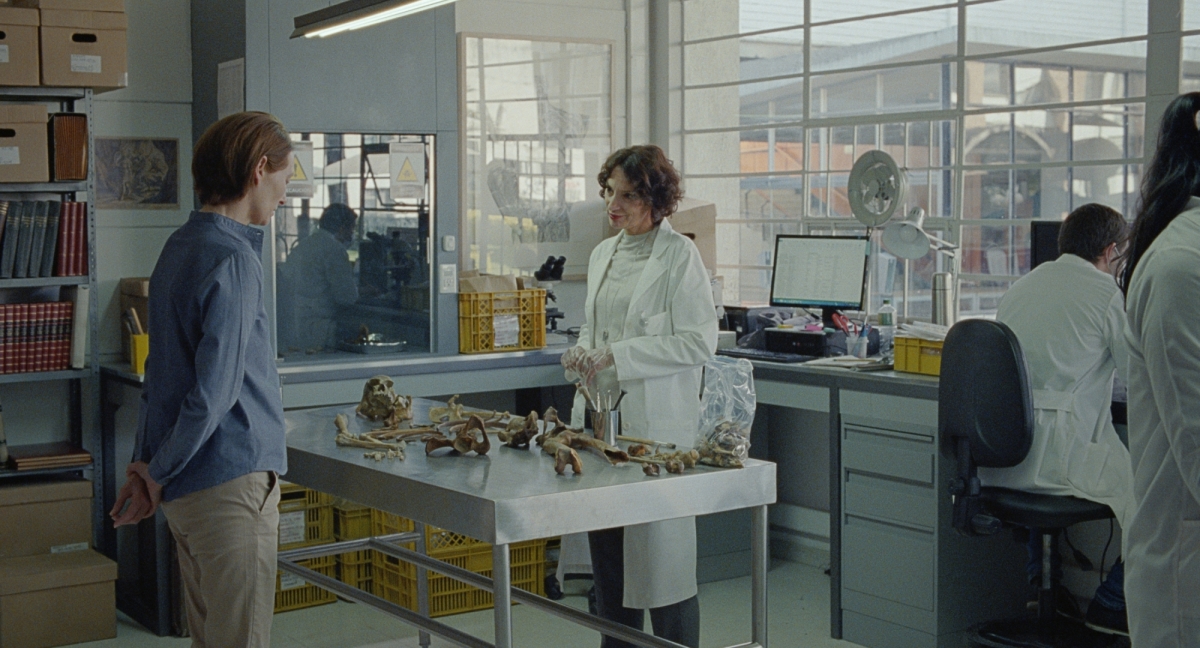
© Kick the Machine Films, Burning, Anna Sanders Films, Match Factory Productions, ZDF/Arte and Piano, 2021.
The Bangkok-based cinematographer enjoyed being reunited with his friend and colleague after spending several years apart from each other. “Apichatpong and I are the same. We’re just getting older! I want people to see the whole movie.” When asked how different Memoria is compared to his previous cinematic efforts, Weerasthakul responds, “This is the most Buddhist film I’ve ever made because of this juxtaposition of space and void. The shot by the river was the most difficult for us because it is a 12-minute take and the light comes and go. There are many things going on. It came out beautifully. I told myself that I should have done this a long time ago. It was a beautiful experience.”